The bao bun, also known as baozi or bao, is a type of filled bun or bread-like dumpling that originates from China. Here’s a brief history of the bao bun:
Origins and Early History
- Ancient China: The bao bun’s history dates back over 1,800 years to China’s Three Kingdoms period (220–280 AD). According to legend, the bao was invented by Zhuge Liang, a military strategist. During a military campaign, he is said to have created steamed buns shaped like human heads to appease the river gods, which eventually evolved into the bao buns we know today.
- Etymology: The term “bao” or “baozi” in Mandarin Chinese means “bun” or “small package,” referring to the bun’s stuffed nature. It is traditionally made from a leavened dough and filled with various ingredients, including meats, vegetables, and sweet pastes.
Regional Variations: Over time, bao buns evolved into many regional variations across China and Asia. In the north, bao buns are often larger, with thicker dough and savory fillings like pork, beef, and cabbage. In the south, bao buns are often smaller and have a lighter, fluffier texture, with fillings like barbecued pork (char siu), custard, or red bean paste.
Modern Adaptations: Today, bao buns are enjoyed in various forms and with diverse fillings, ranging from traditional Chinese recipes to modern fusion creations, such as those with fried chicken, avocado, or other non-traditional ingredients.
Step-by-Step Guide to Making Sourdough Bao Buns
Using a sourdough starter instead of commercial yeast adds a unique flavour and texture to the buns, resulting in a slightly tangy taste and a chewy, airy texture. Here’s a general guide on how to make sourdough bao buns:
Ingredients for Sourdough Bao Buns
- Active sourdough starter: 100g (about 1/2 cup)
- All-purpose flour: 300g (about 2 1/2 cups)
- Water: 120-150ml (about 1/2 to 2/3 cup), adjust as needed
- Sugar: 2 tbsp
- Salt: 1 tsp
- Vegetable oil: 2 tbsp
- Baking powder: 1 tsp (optional, for extra fluffiness)
Prepare the Sourdough Starter
Ensure your sourdough starter is active and bubbly. Feed it (instructions here) several hours before using it in your dough (around 4-8 hours, depending on your starter’s strength and the room temperature).
Mix the Dough
In a large bowl, combine the sourdough starter, flour, water, sugar, salt, and vegetable oil.
Mix until a rough dough forms. You may need to adjust the water or flour to achieve a dough that is slightly sticky but not too wet.
Kneading and Shaping the Bao Buns
Turn the dough out onto a lightly floured surface and knead for about 8-10 minutes until it becomes smooth and elastic. Alternatively, you can use a stand mixer with a dough hook attachment to knead the dough for about 5-7 minutes.
Bulk Fermentation
Place the dough in a lightly oiled bowl, cover it with a damp cloth or plastic wrap, and let it rise at room temperature until it doubles in size. Depending on the ambient temperature and the strength of your starter, this can take anywhere from 4 to 8 hours or more.
Once the dough has risen, punch it down to release excess gas and divide it into equal portions (usually about 12-16 pieces, depending on the size of buns you want).
Shape each portion into a ball, then flatten each ball into a disc using a rolling pin. If you want to make filled bao buns, place a spoonful of your desired filling (like char siu pork, vegetables, or red bean paste) in the center of each disc, then gather the edges to seal it closed. Pinch and twist to close the seam.
Proof the Buns:
Place the shaped buns onto squares of parchment paper or a lightly oiled steamer basket, cover with a damp cloth, and let them rest for about 1-2 hours for a second rise. They should puff up slightly.
Steam the Buns:
Prepare a steamer by bringing water to a boil. Once boiling, reduce the heat to medium-high.
Place the buns in the steamer (make sure they are not touching to avoid sticking), cover, and steam for about 12-15 minutes. If you are using a large steamer and steaming multiple layers, steam for an additional 5 minutes.
Turn off the heat and let the buns sit in the steamer for 5 minutes before removing the lid to prevent them from collapsing due to a sudden change in temperature.
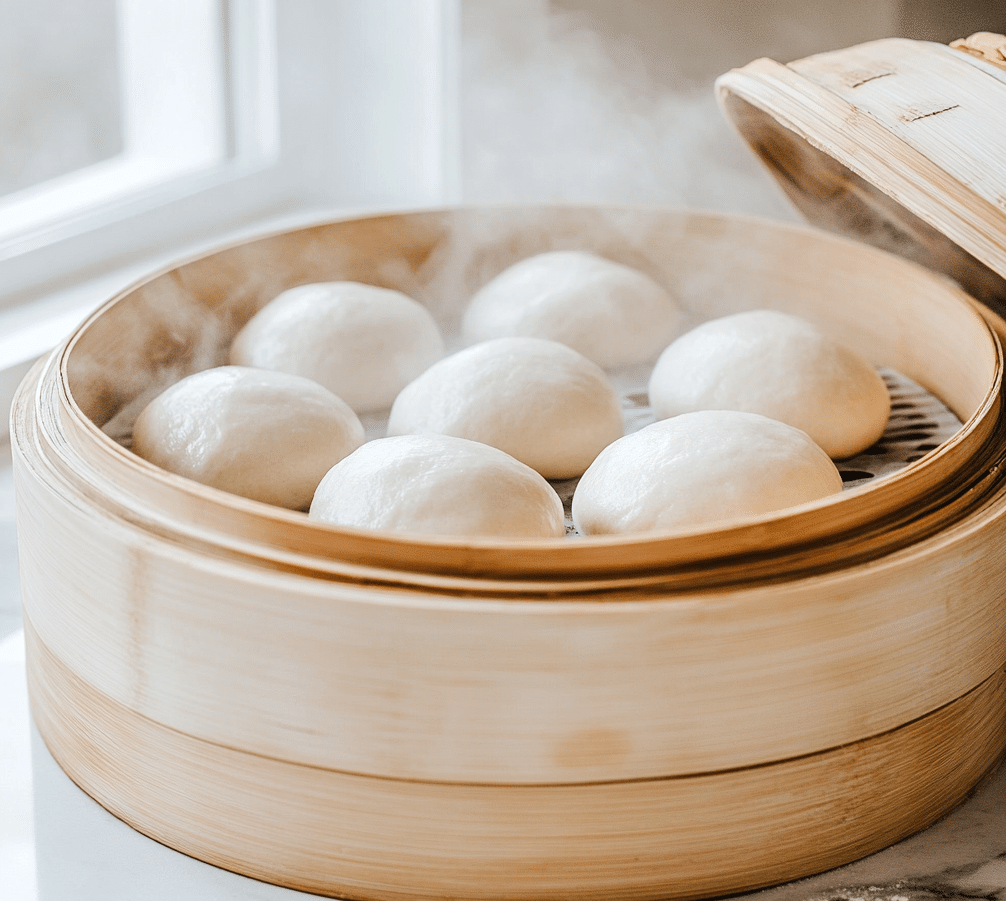
Serve:
Serve your sourdough bao buns warm, straight from the steamer. They can be enjoyed plain or with your favorite dipping sauce or fillings.
Tips
- Adjusting the Flavour: The sourness of the buns will depend on the strength and maturity of your sourdough starter. If you prefer a milder tang, use a younger starter or ferment the dough for a shorter time.
- Texture: Sourdough bao buns may have a slightly chewier texture compared to those made with commercial yeast. Adding a small amount of baking powder can help make them fluffier.
- Storage: Sourdough bao buns can be stored in an airtight container in the refrigerator for a few days or frozen for up to a month. To reheat, simply steam them again for a few minutes until warm and soft.
Using a sourdough starter to make bao buns adds an extra layer of flavour and complexity to this traditional Chinese dish. Enjoy experimenting with different fillings and variations to suit your taste!
Questions
What type of flour is used for sourdough Bao Buns?
The best flour for bao buns is usually all-purpose or low-protein (like cake or bao flour). All-purpose has a medium protein content, making the buns chewy but tender. Low-protein flour is softer, perfect for steamed buns. You can also mix flours for different textures. Avoid bread flour, as it’s too strong. For traditional steamed buns, use all-purpose or a mix. For fluffier buns, use low-protein flour. Experiment to find your favorite!
Bao bun filling ideas
Sweet Fillings:
- Red bean paste: A classic and popular sweet filling made from boiled and mashed red beans.
- Custard: A creamy and sweet filling made from eggs, milk, and sugar.
- Lotus seed paste: A slightly sweet and nutty filling made from lotus seeds.
- Fruit: Fresh or cooked fruits like strawberries, mangoes, or pineapple can be used for a sweet and refreshing filling.
Savory Fillings:
- Pulled Pork / Pork belly: A popular savory filling, often braised or steamed until tender.
- Char siu: A Cantonese barbecue pork, marinated and roasted until caramelized.
- Chicken: Shredded or minced chicken, often seasoned with soy sauce, ginger, and garlic.
- Vegetables: Steamed or sautéed vegetables like cabbage, carrots, or mushrooms can be used for a vegetarian filling.
Other Fillings:
- Seafood: Shrimp, crab, or fish can be used for a seafood-based filling.
- Cheese: Cheese like mozzarella or cheddar can be used for a cheesy filling.
- Fried tofu: Crispy fried tofu can be used for a vegetarian and vegan option.

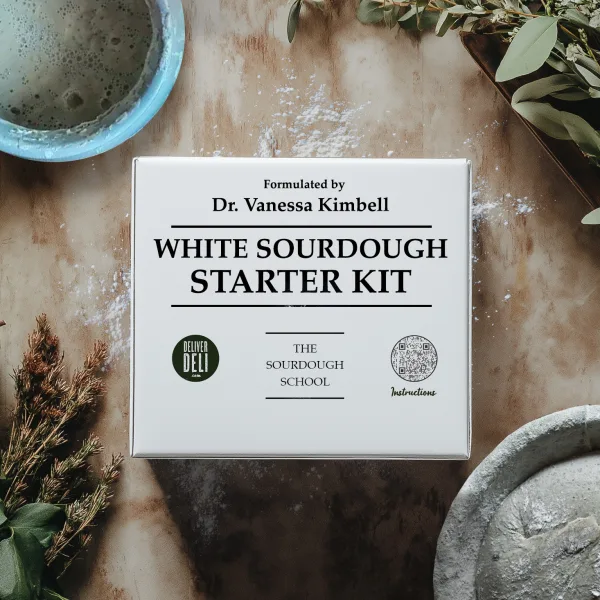
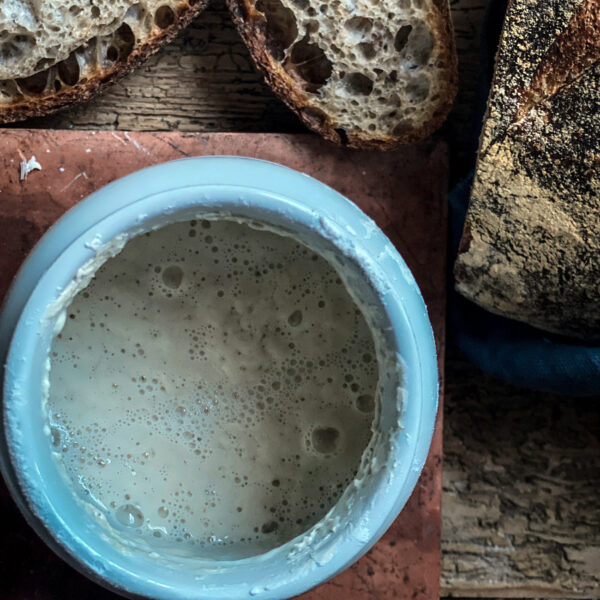
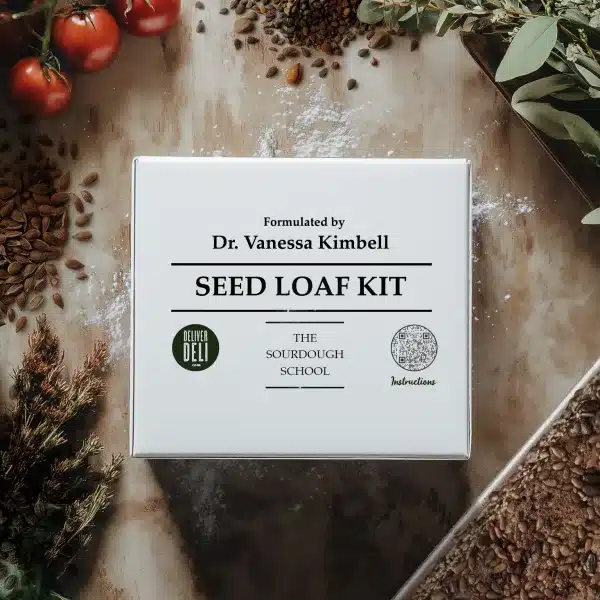
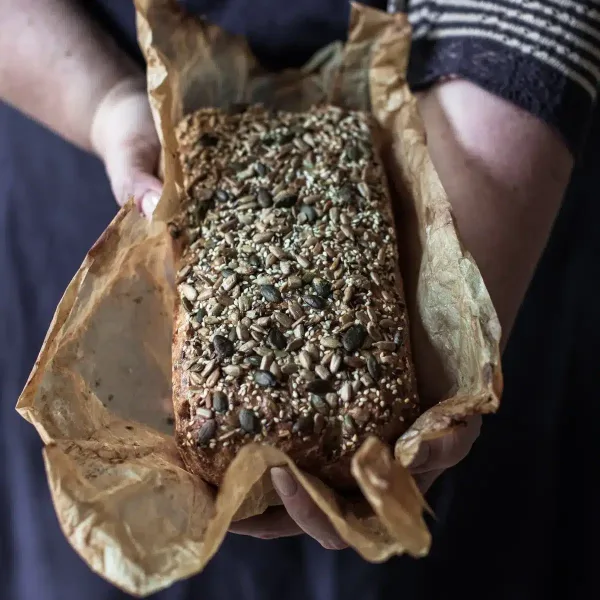
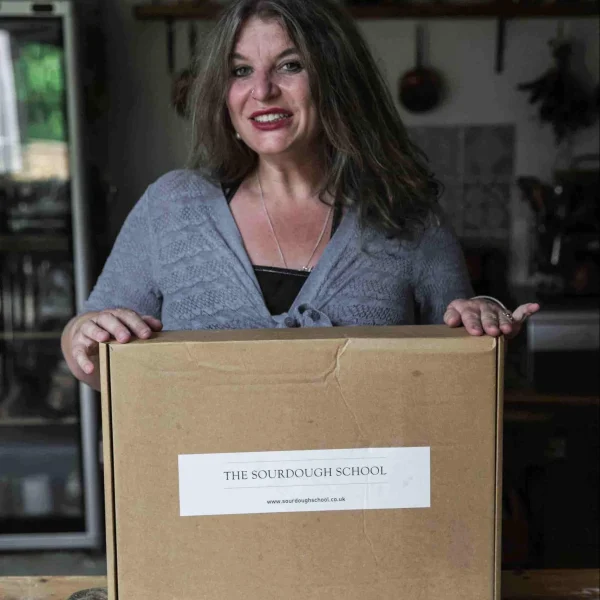
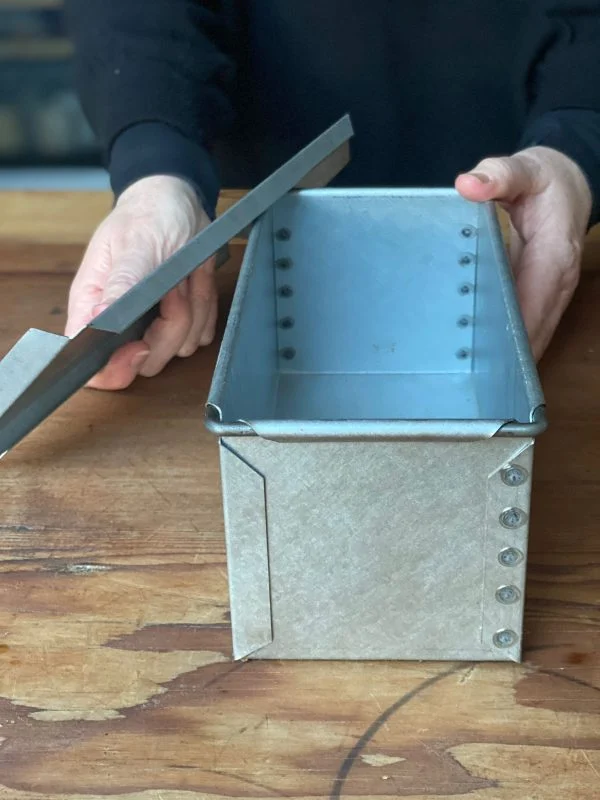
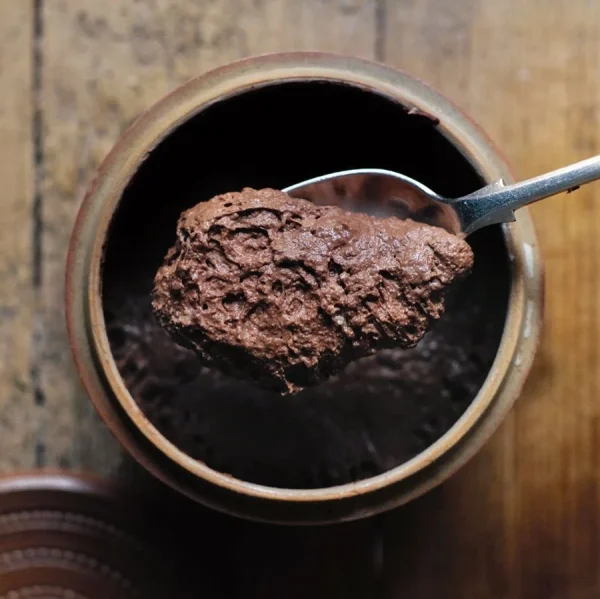
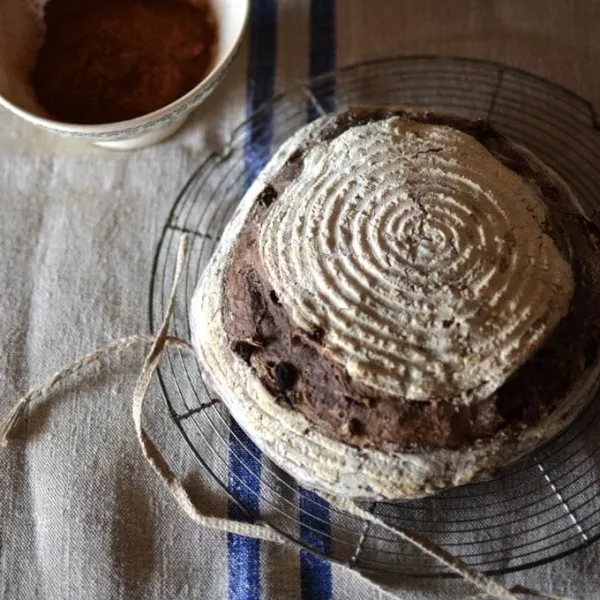


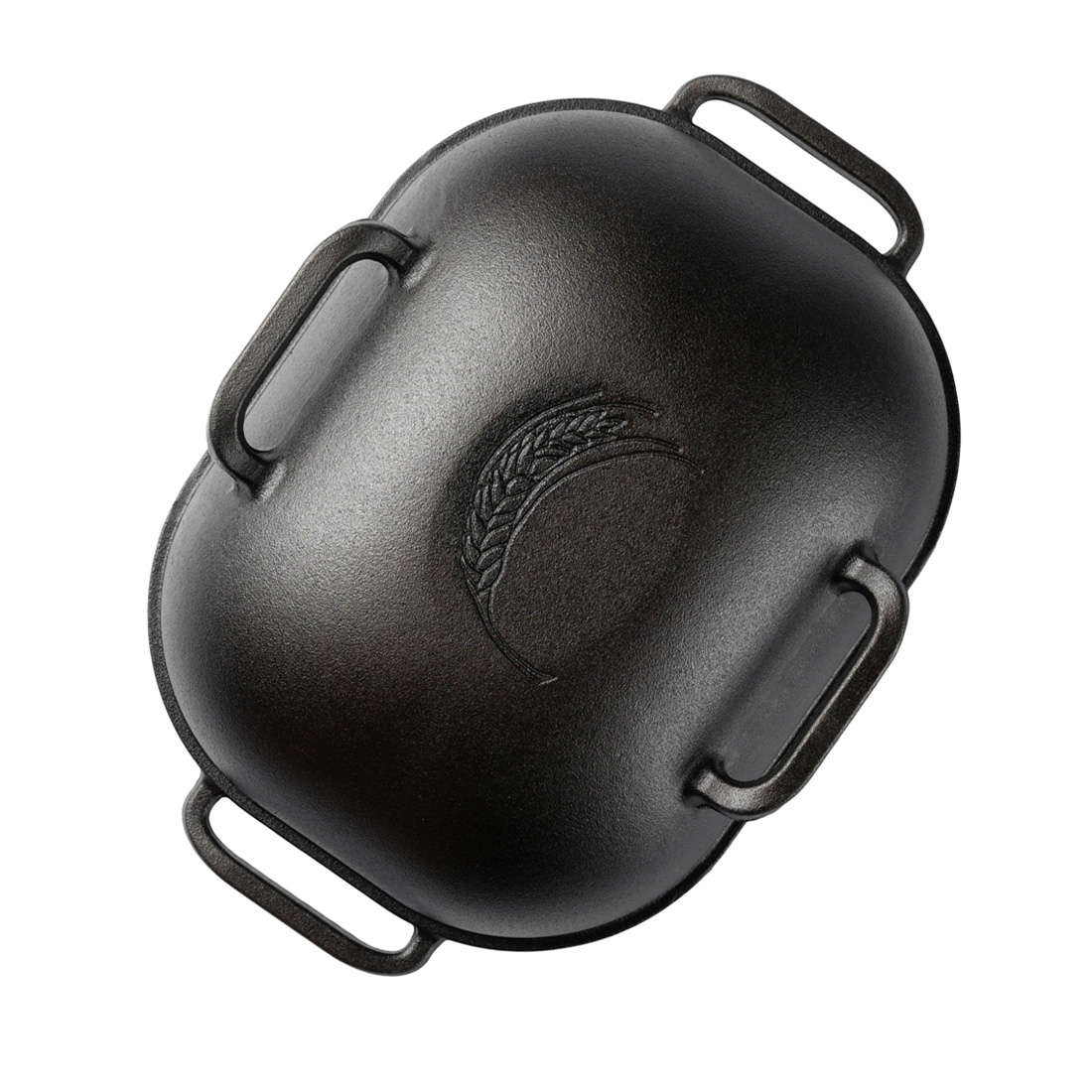 Challenger Bread Pan
Challenger Bread Pan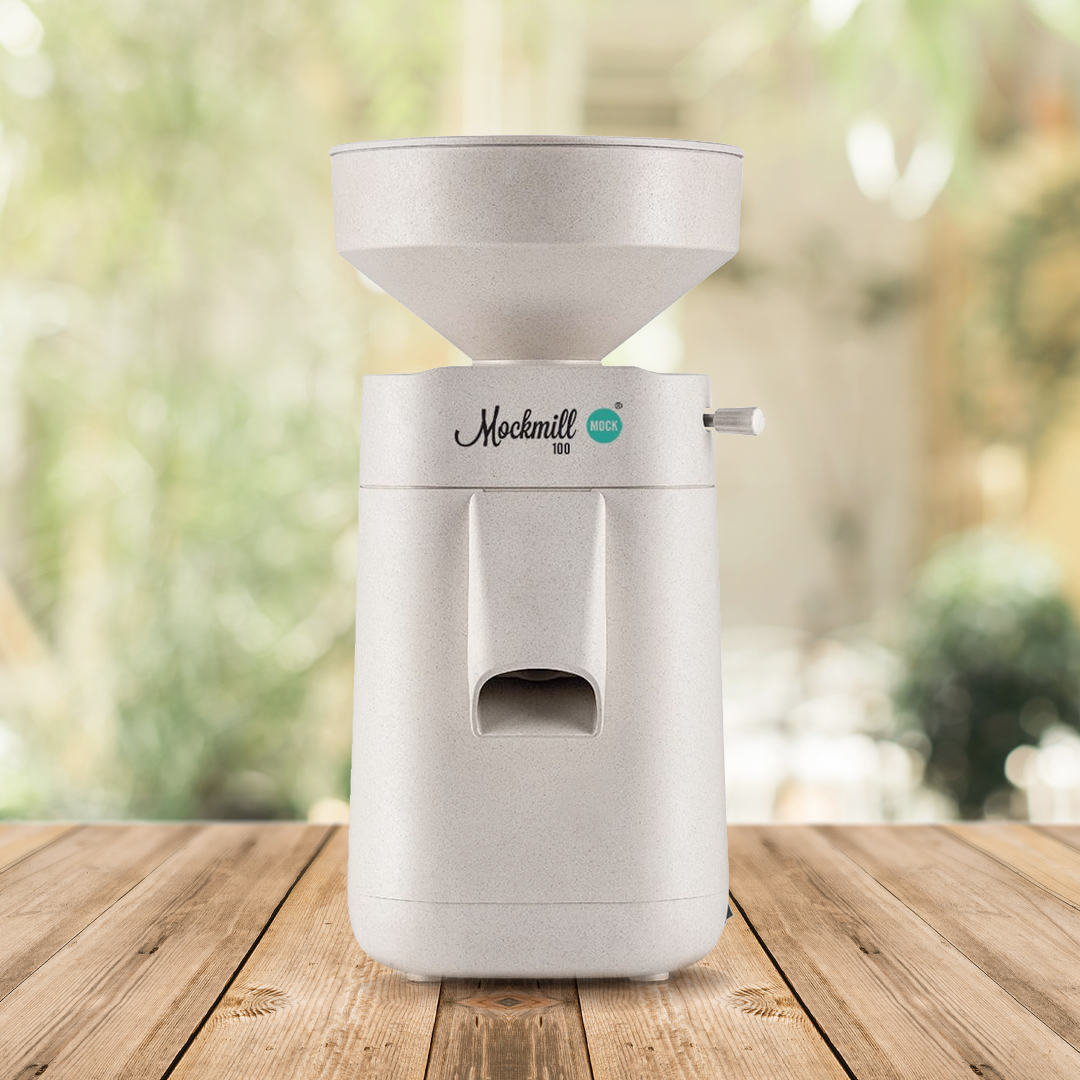 Mockmill 100 Grain Mill
Mockmill 100 Grain Mill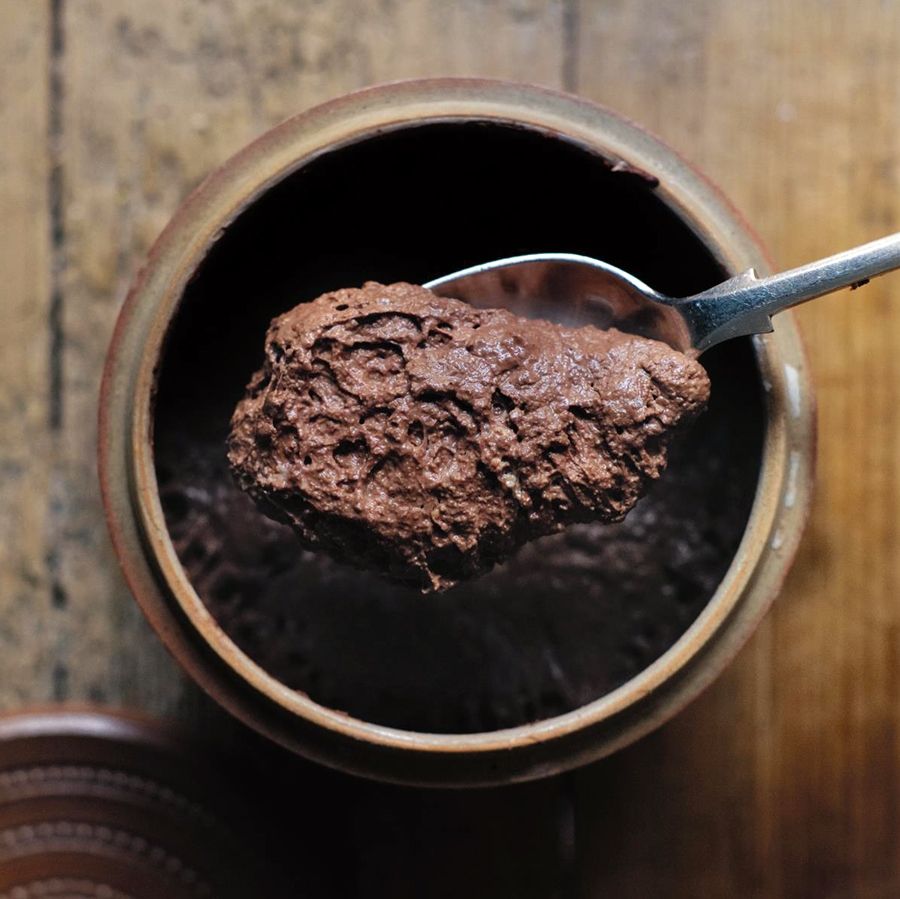 Chocolate Sourdough Starter Kit
Chocolate Sourdough Starter Kit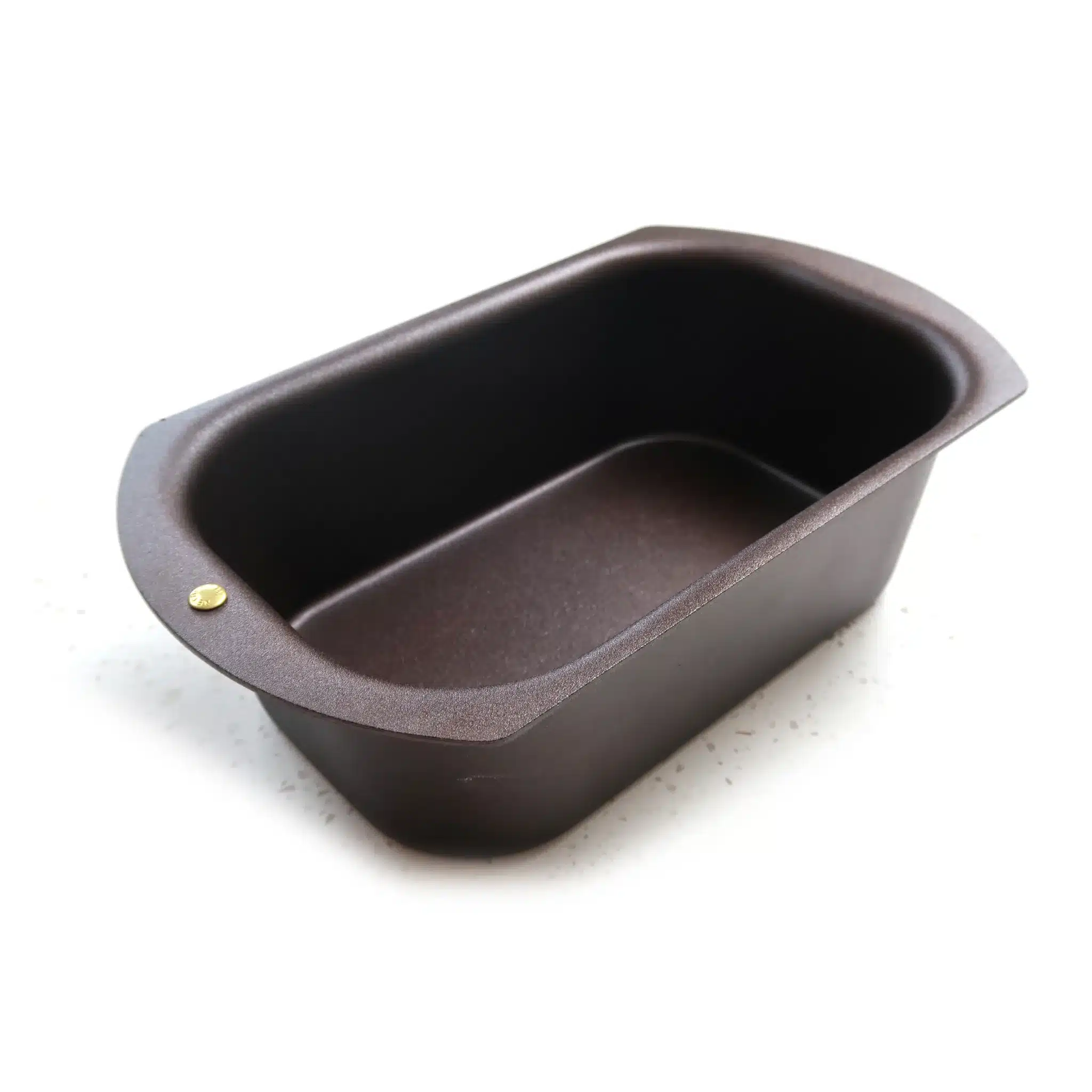 Netherton Foundry Iron Bread Tin
Netherton Foundry Iron Bread Tin
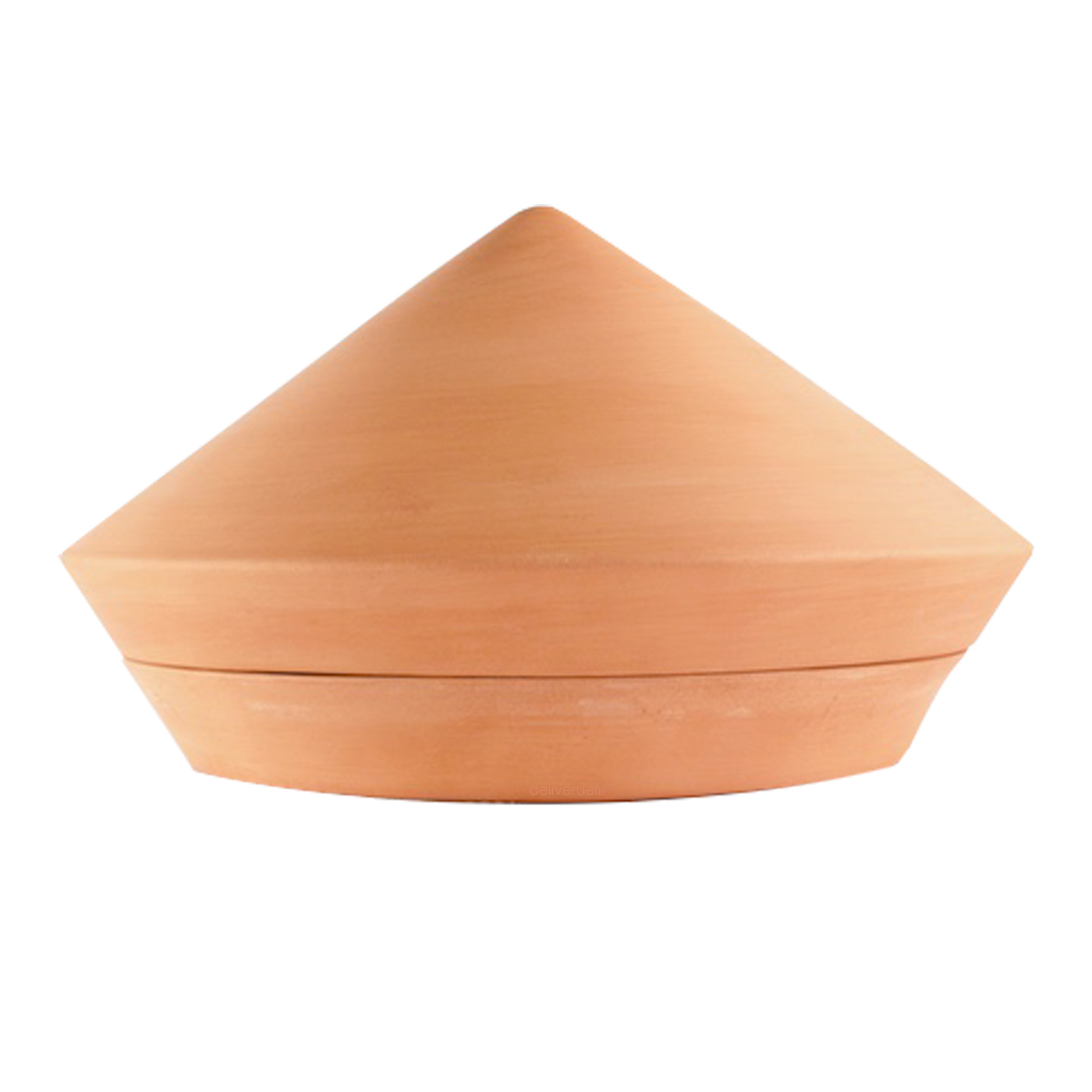 The Spring Oven Bread Pan
The Spring Oven Bread Pan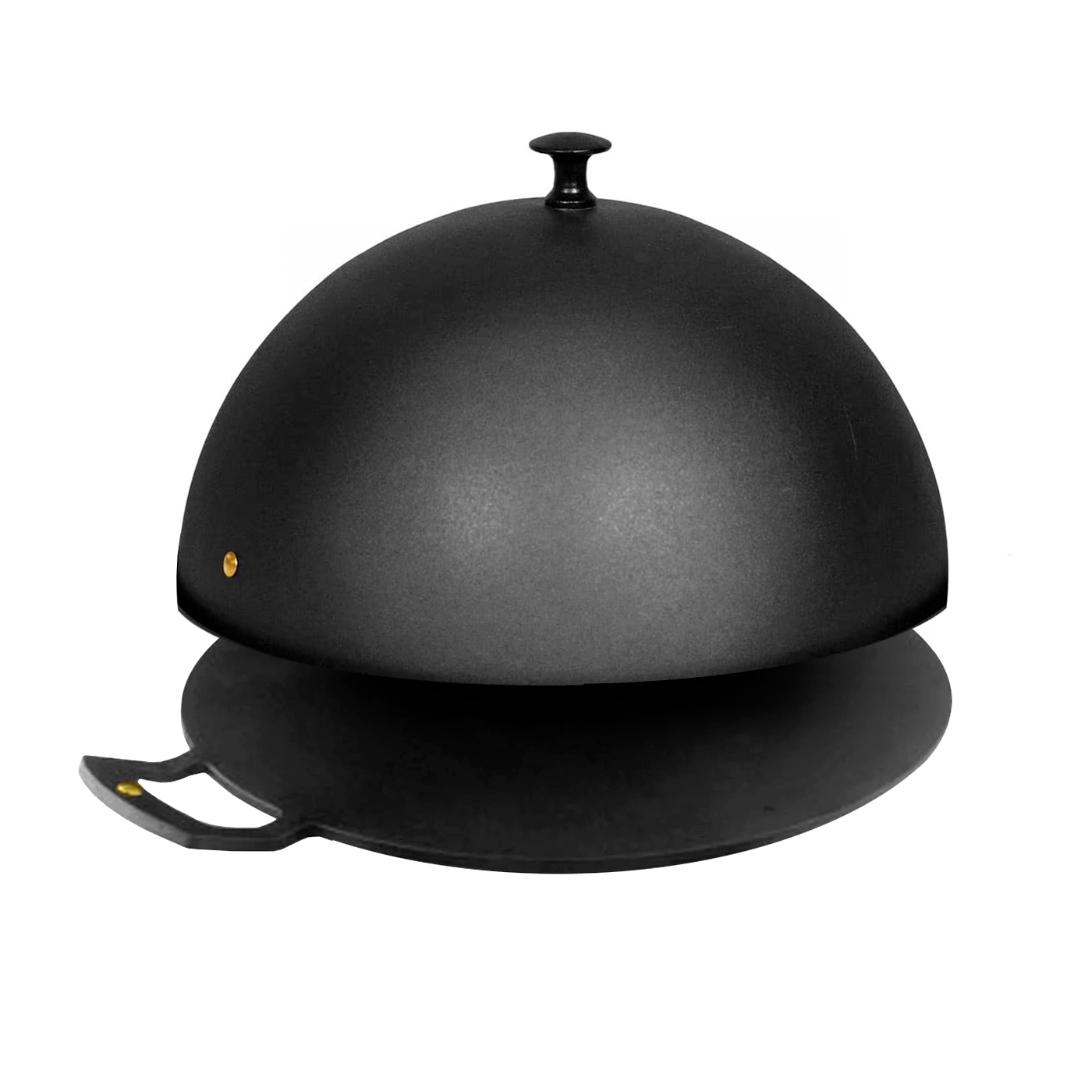 Netherton Foundry Bread Pan
Netherton Foundry Bread Pan